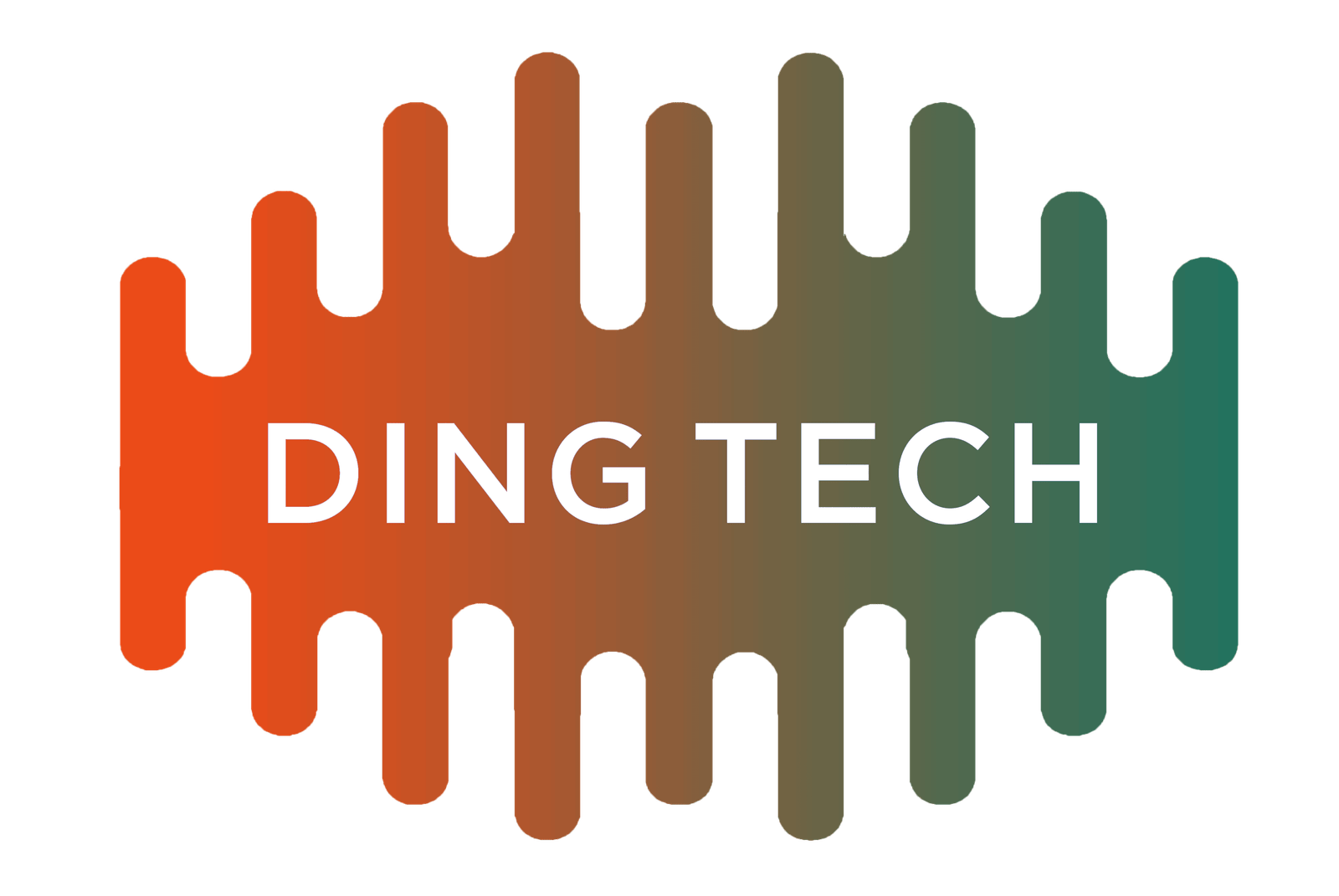
Multimedia localization is becoming more and more popular as multimedia technology becomes more pervasive in the computing world and as localization for multiple-language versions of a product becomes desirable. An increasing number of commercial applications are being designed to support multiple languages, and many existing commercial products are repackaged with support for additional languages. In fact, in cases where the application is distributed via CD-ROM or other media, it may be possible to add all desired localizations when the product is originally installed. As internet access becomes more widespread, localization will become even more attractive to software developers interested in distributing their products over the web.
According to Common Sense Advisory, nearly 70% of consumers are more inclined to purchase when they are communicated within their native language.
The process of reducing an application program so that it is appropriate for distribution over a network or on other media, creating the data needed for this reduced version, and then building that data into a distributable version is called “localization”. The process includes tasks such as program code translation, graphic and sound conversions, documentation rewrites, and the development of a new input device driver.
The need for localization has been addressed in a variety of ways. Some companies package or translate the application into another language and distribute that version by itself. Other programs allow users to select the language version they want when starting up. Still, other programs are localized in place, with each supported language having its own directory containing translated resources. This is an especially attractive approach for many applications since it allows localizations to be added or removed at will without modifying the application code.
What is Multimedia Localization?
Multimedia localization is the process of modifying an application to support additional languages without requiring modifications to the executable code. The most common approach involves converting non-textual data into text that can then be translated like any other resource (e.g., program strings, documentation). Other approaches exist, such as recasting the graphics and sound in a different character set or changing fonts to support additional languages.
What kinds of multimedia data are amenable to localization?
To be amenable to conversion into human-readable text, any non-textual data must contain enough structure that the output can be predicted by a computer program. For example, if the data consists of a sequence of images captured on videotape, standard techniques can be used to slice and dice them into words and phrases.
Textual resources are also amenable to conversion into other languages. Software development tools exist that allow programmers to design their own word-processing style editors for resource files. The result is that programmers can create and maintain resource files in their native language using a tool they are already familiar with.
How is multimedia localization different from localizing other kinds of software?
Non-textual data such as graphics or sound must be converted into text before it can be translated, resulting in an additional step in the process. Another difference is that multimedia products may have a longer development cycle than most other kinds of software. This is because the resources must first be converted to text, and they cannot be used as-is for testing purposes. In addition, if a resource is not created or edited specifically with localization in mind, it will probably require a complete rewrite to support a new character set or encoding scheme.
Is multimedia localization more difficult than other kinds of localization?
Careful planning can alleviate the difficulties presented by converting non-textual data to text. Graphics and sound resources should be designed with internationalization in mind, so that they are amenable to conversion into multiple character sets or languages without requiring a complete re-draw or capture.
What are the most common multimedia localization challenges?
The most difficult issue is that of international character sets. The Unicode Consortium has created a standard for representing all known human languages in a 32-bit character set, allowing billions of different possible representations. While this standard may be the ultimate goal, it requires software manufacturers to abandon their legacy 8-, 16- and 32-bit character sets in favor of UTF-32.
The second common challenge is the localization of sound resources. Unlike text, which can be translated one character at a time, or even one word at a time, sounds must be localized whole. This means that the entire set of sounds for an application must first exist before any localization work can be done.
What steps can I take to plan for multimedia localization?
If the product is still in development, you must ensure that your design and implementation plans allow for localization and internationalization at an early stage of development. You should also investigate what software tools are available now or might become available in the near future so that they can be evaluated for their applicability to multimedia localization.
If your product is already shipping, it is probably too late. In this case, you must decide whether to undertake the conversion effort necessary to localize your multimedia resources now or abandon ship and plan a new release with localization in mind from the beginning.
How do I prepare my system for multimedia localization?
Because multimedia resources require special conversion tools that may not be available, it is important to create a plan for converting them into text-based localization files. In some cases, this may mean capturing the data from the source product and transcribing it by hand. In others, it means creating a separate tool or piece of code in another language that can parse the resource file and create localization files.
What development tools are available for multimedia localization?
Some of the most popular programming languages, such as Visual Basic, C++, Delphi/Windows Pascal, and Java, have built-in language features that allow programmers to design their own custom editors for specific kinds of resource files. Language features such as these simplify the process of creating a new tool that can extract localization-specific data from your original multimedia resources.
In addition, many stand-alone tools exist for converting even those non-textual files into localization formats. Once created, these conversion tools are used to transform the source multimedia resources into localization files on a one-time basis and typically do not require re-running for subsequent releases.
Conclusion
Multimedia localization presents many challenges for developers and standards bodies alike. To make localizing your multimedia resources easier, don’t wait until it’s too late to begin planning for localization. This includes not only the development of your product itself but also any infrastructure you will need to support it. The more forethought you put into this process upfront, the less painful the process will be.
Was this article useful to you?
0 / 5. 0
很抱歉,这篇文章对您没有用!
让我们改善这篇文章!
告诉我们我们如何改善这篇文章?









